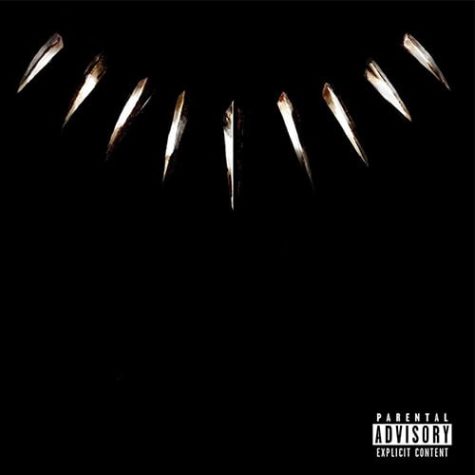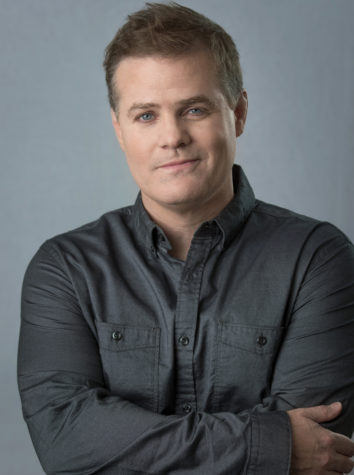Popularity of Vinyl Records Grow
In the late ‘70s, St. Louis citizens Tom Ray and Lew Prince found that they shared a similar dissatisfaction toward mainstream record stores.
The pair collaborated to run a record store of their own, one run from “the customer’s point of view,” according to the store’s website.
What began as a mere booth at the Soulard’s Farmer Market quickly transformed into
Vintage Vinyl, now found at 6362 Delmar, in the Loop.
“Music will get you through times of no money better than money will get you through times of no music,” Ray said whenever the store fell on tough times without enough profit.
But as vinyl records experience a sudden resurgence, Prince said that phrase may be no longer applicable.
Prince said the store first experienced an unexpected surge of popularity about eight years ago, in 2007.
“I’m pretty much still in business because of vinyl,” Prince said. He noticed that the other formats of music on sale at the store, such as CDs, flop in comparison to vinyl.
Vintage Vinyl isn’t the only store experiencing a newfound popularity for vinyl. According to Nielsen’s 2014 report, digital and CD sales have experienced major drops, dropping 14 percent since 2013, while vinyl sales continue to grow.
12-inch vinyl, in fact, had its best year in decades in 2014, with approximately nine million units being sold. This is a 51.8 percent increase since 2013.
“If you look at the sound pattern on vinyl you’ll see that it’s curved, and it doesn’t miss anything,” Prince explained
Meanwhile, Prince pointed out, the sound pattern on digital audio is flat, compressed, and may therefore not sound the way the artist intended. Prince cites this difference in sound quality as one of the many reasons records at stores such as Vintage Vinyl have experienced newfound popularity.
Another reason, Prince said, is the prominence of younger music fans.
“Vinyl customers are getting younger and younger,” he said. “They’re ahead of the curve.”
This is a trend found even in MHS students.
Jillian Hyink, freshman, is one of the many avid collectors of vinyl records.
“It gives a completely different atmosphere,” Hyink said. “You get a sense of accomplishment watching your vinyl collection grow, and you get to experience the album in the way the artist intended.”
“Since I was little I used to be curious about my dad’s record collection, and I noticed a lot of bands that I really like were selling records,” Hyink said. “Music is something I’m generally passionate about, so I like experiencing it in as many ways as possible.”
Hyink owns approximately 30 records, and she cannot decide on a favorite. She primarily listens to local bands, such as Foxing, in an effort to show support.
There are still students who prefer MP3s to vinyl records, of course. Michael Wu, freshman, prefers digital music to any other format.
“It sounds good with headphones,” he explained. “I feel surrounded by it, and I can’t hear anything else.”
Wu listens to music primarily from the streaming service Spotify, but he also tends to make use of websites such as Youtube.
“It’s quick, and it’s free,” Wu said.
Wu primarily listens to Alternative rock from the 2000s and hip-hop from the ‘80s, including bands such as Vampire Weekend and rap groups such as Public Enemy.
Juvenal Escobar, freshman, sees no difference in the way music sounds on any format.
“I don’t really care,” he exclaimed. “Just listen to the music!”
Escobar primarily listens to Southern rock bands, such as Creedence Clearwater Revival and Lynyrd Skynyrd.
Despite differing opinions and the rapidly growing world of streaming music for free, Prince said he is sure vinyl will remain a popular choice. In fact, he predicts younger people will soon discover the appeal of seven-inch 45-rpm singles, which will contribute even more to vinyl’s growth.
No matter how popular digital music is, Prince said he is confident that vinyl will always remain strong.
“I think we’ll last,” he said of not only of his store, but also of the vinyl trend itself.
Your donation will support the student journalists of Marquette High School. Your contribution will allow us to purchase equipment and cover our annual website hosting costs. You may become a PATRON by making a donation at one of these levels: White/$30, Green/$50, Blue/$100. Patron names will be published in the print newsmagazine, on the website and once per quarter on our social media accounts.

Austin Woods, senior, is the Associate Editor in Chief for the Marquette Messenger. Along with his involvement on the Messenger, Austin is involved in...





